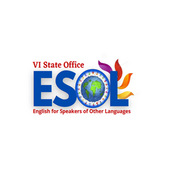Text Structures-Informational Writing/Mesopotamia Unit
(View Complete Item Description)This 18 day unit explicitly teaches text structures, summary, text features, reading informational text about Mesopotamia, and writing a book about Mesopotamia. Instruction moves from high scaffolding to moderate scaffolding to independent practice as students become familiar with the various text structures, how to identify them, what graphic organizer will work with each text structure, how to use notes recorded in graphic organizers to write summaries, and how to compile an informational book. Mesopotamia is the content used as an anchor.
Material Type: Lesson Plan, Unit of Study


















